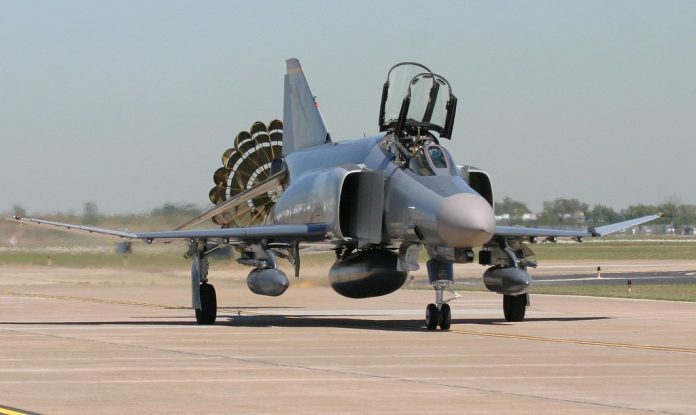
It’s been decades since the roar of the F-4 Phantom first pierced the skies, but its legacy as a formidable fighter jet endures.
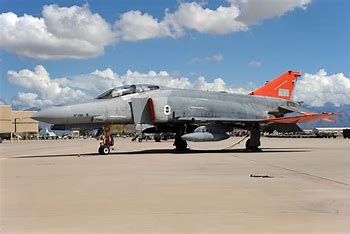
For military aviation enthusiasts and history buffs alike, the Phantom is a symbol of aerial prowess and technological innovation that defined an era of Cold War confrontations and the Vietnam War.

Originally intended as a naval interceptor, the Phantom’s capabilities quickly impressed the Department of Defense, expanding its service to the Air Force and Marine Corps.
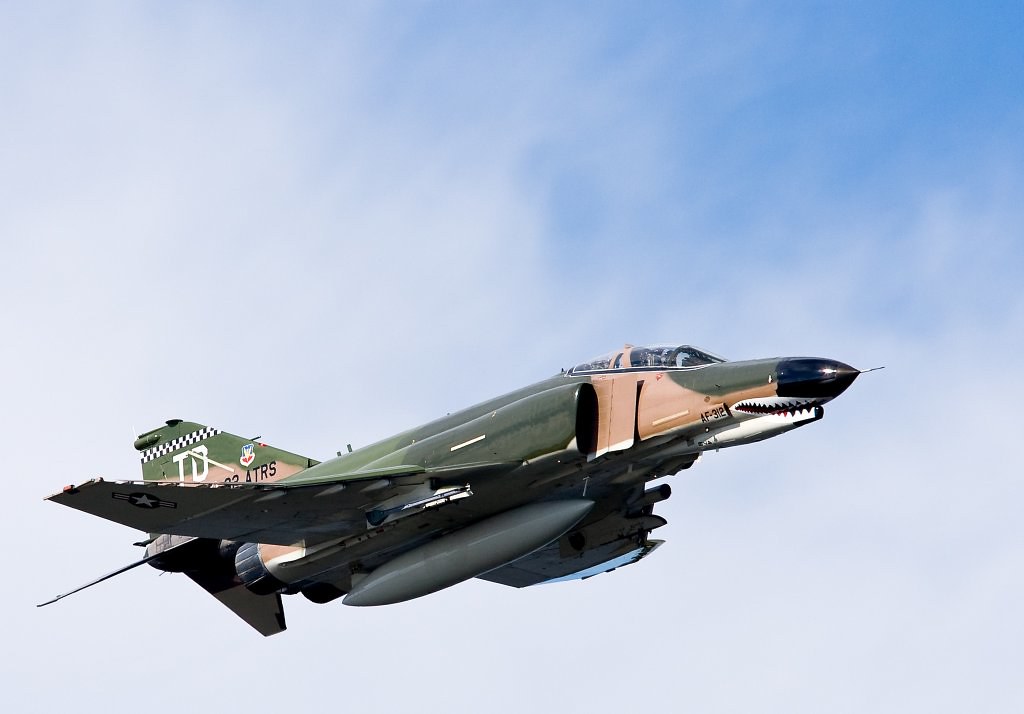
The F-4’s robust J79 twin engines were a marvel of engineering, propelling the aircraft to a once-unthinkable Mach 2.2, while soaring to altitudes of 98,556 feet—records that stood tall until the F-15 entered the scene.

With a versatile arsenal of nine external hardpoints supporting up to 19,000 pounds of weaponry—from air-to-air missiles to the later-added M61 Vulcan rotary cannon—the Phantom became the symbol of American air superiority.

Despite initial automation shortfalls, its analog prowess made it the go-to aircraft for pilots of the time.

As one pilot, David R. “Buff” Honodel, shared in his memoir, the F-4 Phantom II was a beast of a machine that transformed young, naive pilots into battle-hardened warriors over the skies of Laos, facing an “elusive, determined enemy.”

This “flying brick,” as it was affectionately known, was not just a fighter; it was a workhorse that adapted across the years with upgrades in radar, landing gear, and airframe. These enhancements extended its operational lifespan well beyond expectation.
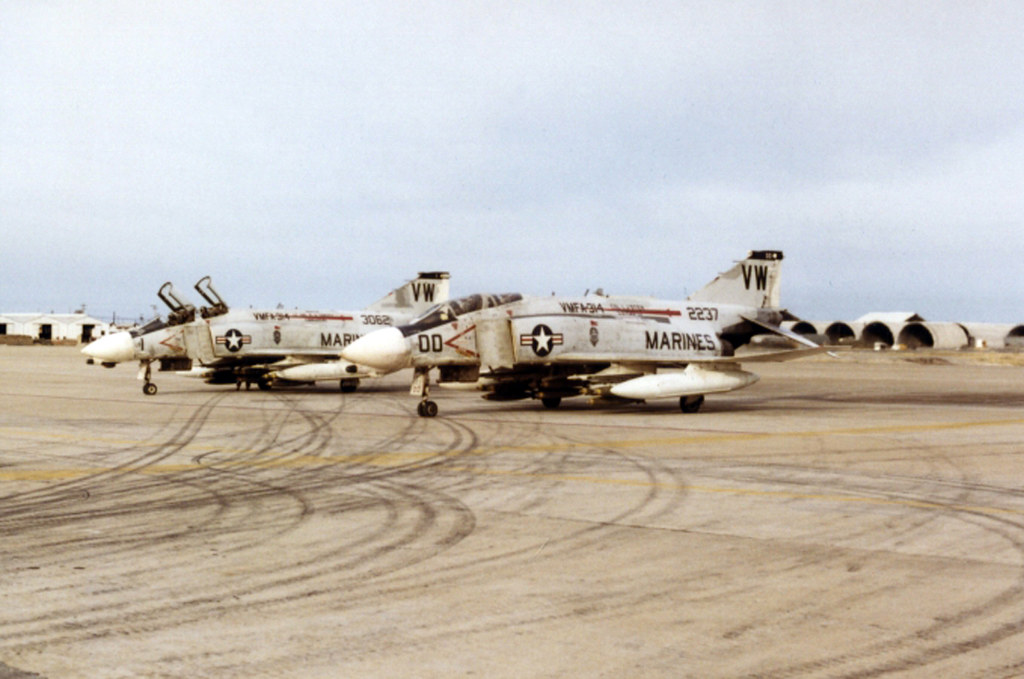
Emily Charles, Curator at the American Air Museum, points out that the F-4 was designed for a new age of warfare, leveraging radar and missile advancements for beyond-visual-range engagements—a departure from the traditional dogfighting tactics of previous fighter aircraft.
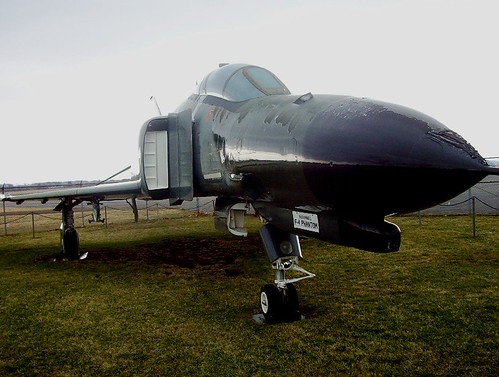
Combat encounters during the Vietnam War, however, revealed the F-4’s vulnerabilities. Its size and engine smoke trails made it more visible and less maneuverable than its nimble adversary, the Soviet-supplied MiG-21. The Phantom’s lack of an internal gun was a weakness only rectified with the introduction of the F-4E variant.

Despite these challenges, the Phantom proved its mettle during Operation Rolling Thunder and in the Wild Weasel missions tasked with neutralizing North Vietnamese SAM installations. These missions often followed the gritty mantra of ‘You’ve gotta be shitting me’—a testament to their perilous nature.

The Phantom’s international service is just as storied, with nations like Germany, Japan, Australia, and Egypt employing the jet. It served in a plethora of roles, from air-to-air combat to ground attacks, and even today, it remains in limited service with some air forces.

One remarkable anecdote of the Phantom’s ruggedness recounts the day in 1967 when pilot Bob Pardot saved his wingman by pushing a damaged F-4 with its tail hook for 90 miles until they could eject safely—a testament to the aircraft’s strength and the bravery of its pilots.

Though retired by the U.S. Air Force in 2004, the F-4 Phantom’s influence lingers in the skies and the collective memory of military aviation history. With its resilient design and battle-tested performance, the Phantom embodies the spirit of an age that shaped today’s air combat strategies.

As the world moves towards stealth and automation, we salute the indomitable spirit of the F-4 Phantom II—a true legend that continues to capture the imaginations of military tech and aviation aficionados around the globe.
Relevant articles:
– F-4 Phantom: The Indispensable Fighter of the Vietnam War, The National Interest
– The Phantom Vietnam War: An F, UNT Press
– The F-4 Phantom II: The most prolific jet fighter in American history?, Imperial War Museums
